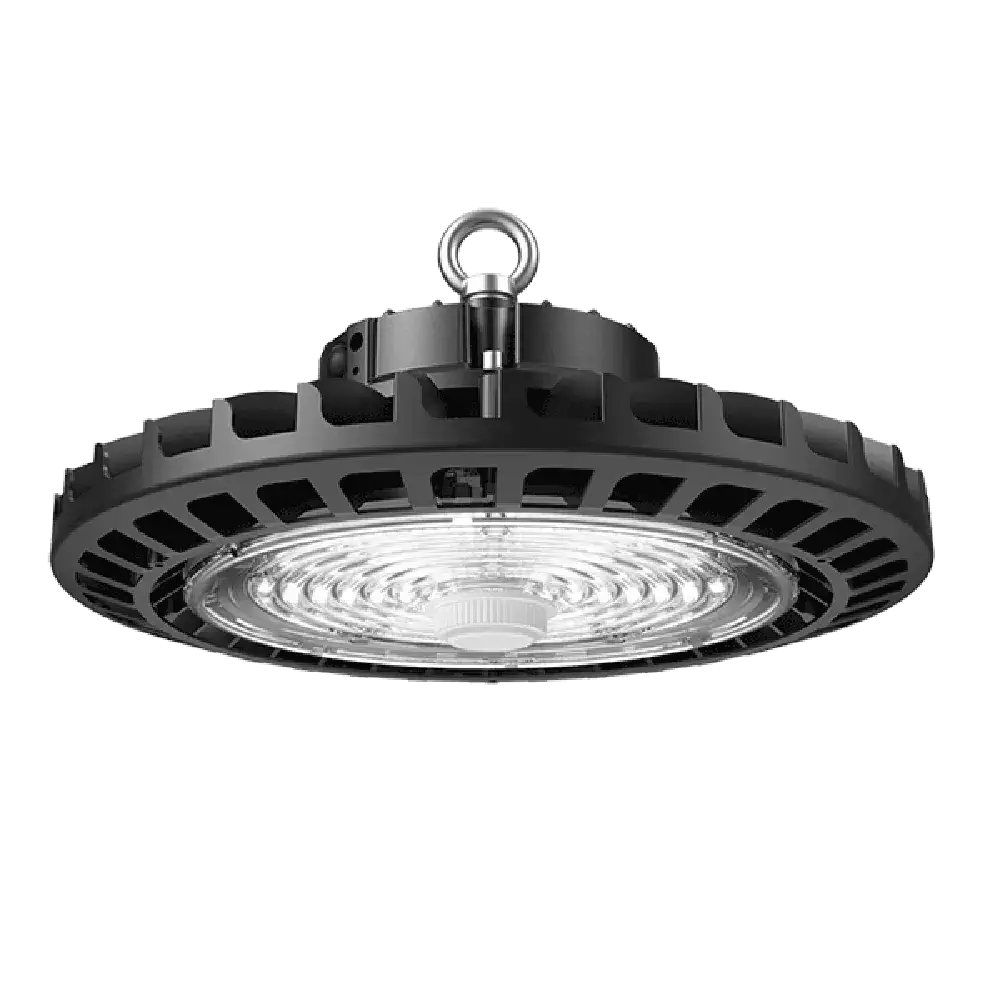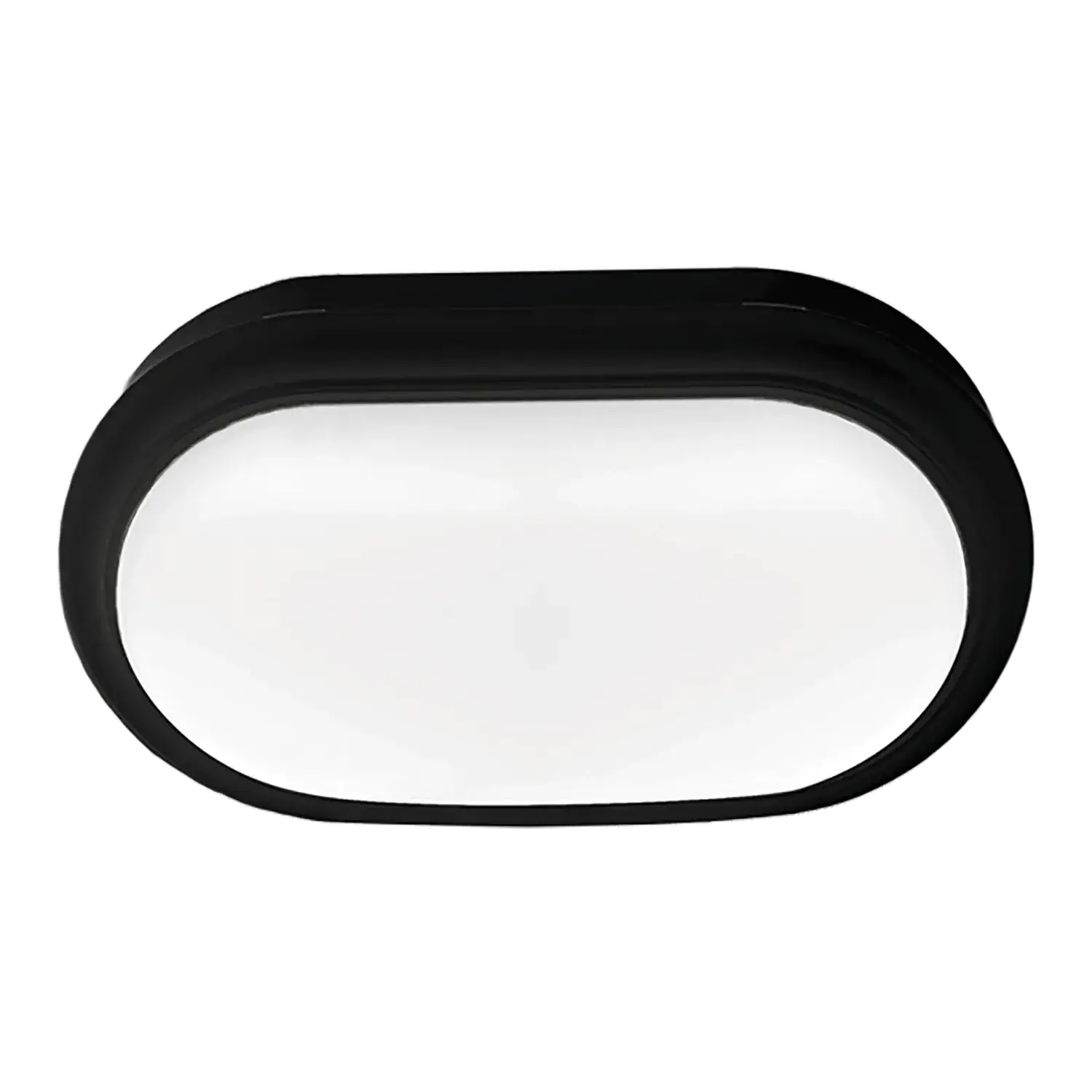LED lights are available in a wide range of color temperatures, offering various options to suit different lighting needs and preferences. Here are some common color temperatures for LED lights and their typical applications:
Warm White (2700K-3500K):
- This range produces a warm, yellowish light similar to traditional incandescent bulbs.
- Commonly used in residential spaces such as bedrooms, living rooms, dining rooms, and restaurants to create a cozy and inviting atmosphere.
Soft White (3500K-4100K):
- Provides a slightly cooler, neutral white light with a hint of warmth.
- Suitable for general residential lighting, including kitchens and bathrooms, as well as offices and retail spaces.
Neutral White (4100K-5000K):
- Offers a neutral, balanced white light without a noticeable warm or cool tone.
- Ideal for commercial and task-oriented environments, such as offices, schools, and hospitals.
Cool White (5000K-6500K):
- Emits a crisp, bluish-white light with a daylight-like quality.
- Commonly used in industrial and outdoor settings where high visibility is required, like parking lots, warehouses, and security lighting.
Daylight White (6500K+):
- Produces a very cool and blue-toned light similar to natural daylight.
- Suitable for applications where precise color rendering and high visibility are crucial, such as art studios or surgical rooms.
Tunable White or Adjustable Color Temperature:
- Some LED fixtures and bulbs allow you to adjust the color temperature within a specific range. This is often used in settings where lighting needs change throughout the day, like in smart homes or office spaces.
RGB LED Lights:
- These LEDs can display a wide range of colors by combining red, green, and blue LEDs. They are commonly used for decorative and creative lighting, such as accent lighting, entertainment systems, or outdoor displays.
Smart LED Lights:
- Many LED bulbs and fixtures are now controllable via smartphones or smart home systems, allowing users to change the color temperature and brightness to suit their preferences and needs.
When choosing LED lights, consider the intended application and the mood or functionality you want to achieve in a particular space. Additionally, it’s essential to check the Color Rendering Index (CRI) of LED lights, as it measures how accurately they display colors, which can be crucial in areas like retail, art studios, or areas where color accuracy is important.






















































